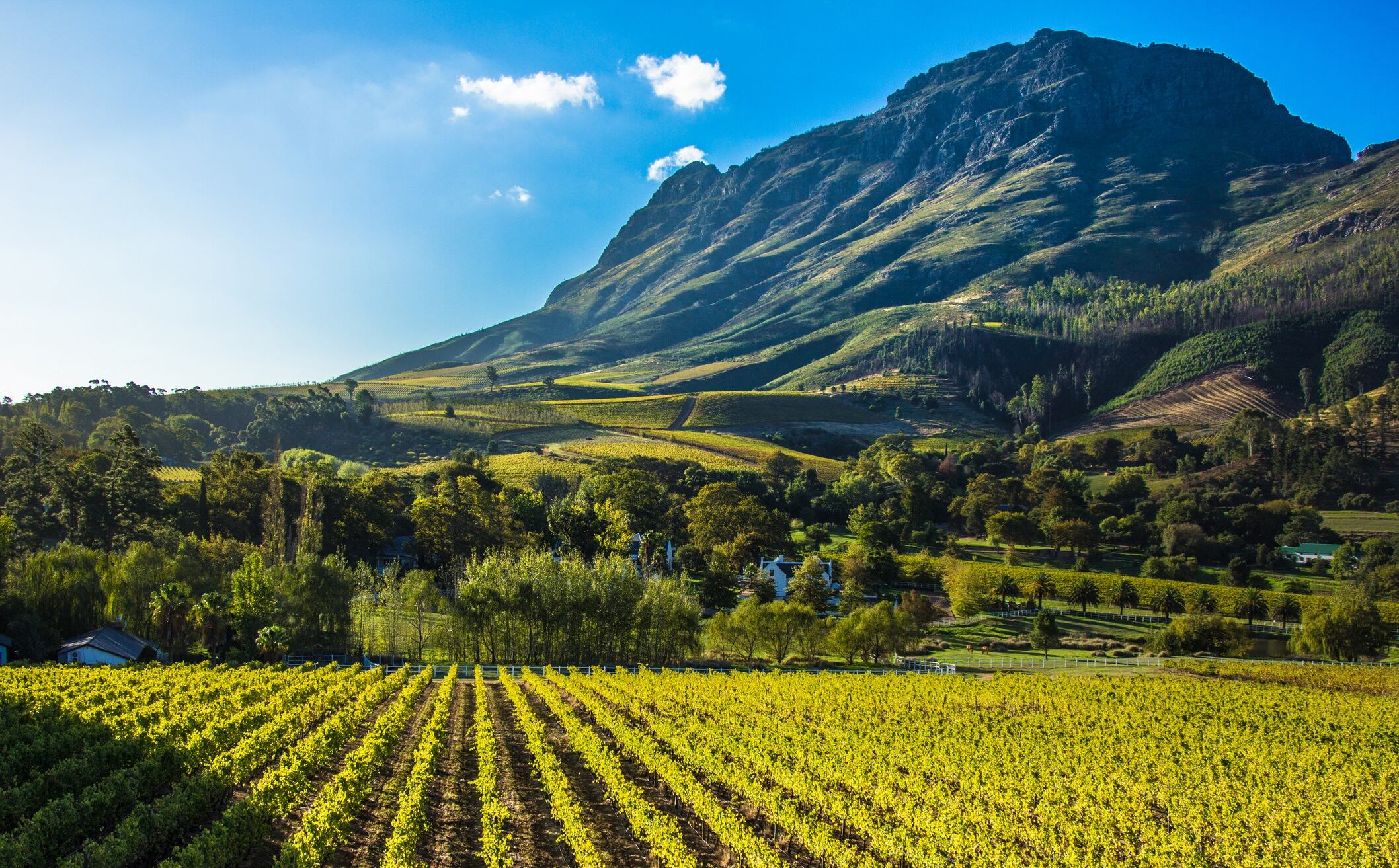The 2019 wine grape crop is estimated at 1,225,620 tonnes, according to industry body SAWIS (South African Wine Industry Information & Systems). This is a record low since 2005 (when 1,171,632 tonnes were harvested).
But although the preceding drought impacted yields in 2019, it can also lead to high quality wines, according to Wines of South Africa.
Jim Clarke, US Marketing Manager for WOSA, said: “Although the low yield resulted from the drought last year, much of the fruit benefitted from these constraints, and the wines are high quality. The wines are showing great flavor concentration and expressiveness, phenolic ripeness and a nice sugar/acid balance.
"Regions across the Western Cape are noting excellent quality.”
A tale of two harvesting seasons
South Africa is the world’s eighth largest wine producer, responsible for around 4% of the world’s wine. The wine industry contributes more than $2.5bn to the country’s GDP and employs nearly 290,000 people.
A preceding three-year drought has left the South African wine industry with challenges: with vineyards and soils taking some time to recover.
Francois Viljoen, viticultural consultation service manager at non-profit wine organisation Vinpro, said: “The drought was still lingering during the post-harvest period, which meant many producers couldn’t apply crucial post-harvest irrigation. As a result, leaves fell early and vines couldn’t accumulate the reserves needed to carry them through the season, which in turn affected the berry set and growth.
“2019 tells the tale of two harvesting seasons – the first easy with good weather conditions and great grape analyses up until the end of February, and the second challenging, characterised by slow ripening following cold, rainy weather in March.”
According to Viljoen, the smaller wine grape berries have a greater concentration of flavors. In general, wines also had good acidity, sugar and elegance which bodes well for quality.
Virus-free vines have also managed to do much better than others in both quantity and quality.
South Africa wine regions
Breedekloof: A crop close to that of 2018, despite a challenging harvest period and unevenness that made it difficult to determine ripeness.
Cape South Coast: Less affected by drought than other areas; and promises a smaller ‘but exceptional quality’ harvest.
Klein Karoo: A very challenging season, with yields even lower than the previous two years due to the continued drought and hail damage in some areas.
Northern Cape: A good 2019 season, with higher yields per hectare and promising quality.
Olifants River: A second consecutive smaller harvest following a record low in 2018, due to the after-effects of the drought.
Paarl: Larger yields from a low base following a much smaller 2018 crop, due to preceding drought and weather fluctuations.
Robertson: A large drop in production for the second consecutive season, but quality remains high.
Stellenbosch: This region was still affected by the preceding drought despite good rainfall, and realized a small crop for the second year running
Swartland: Volumes up from a very small 2018 wine grape crop, with promising quality.
Worcester: An unexpected larger wine grape production following a smaller crop in 2018, with good quality wines expected

